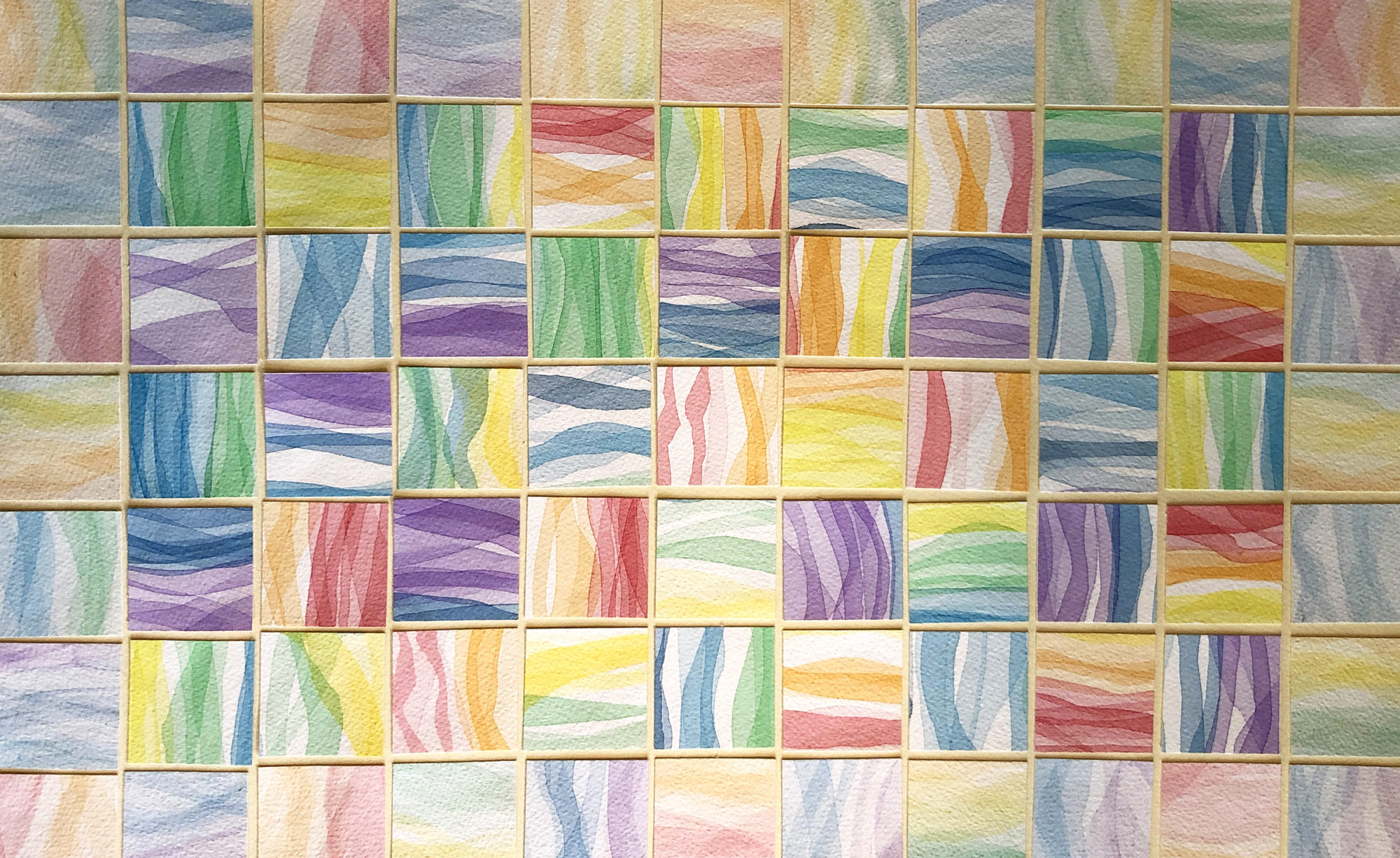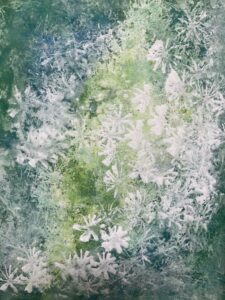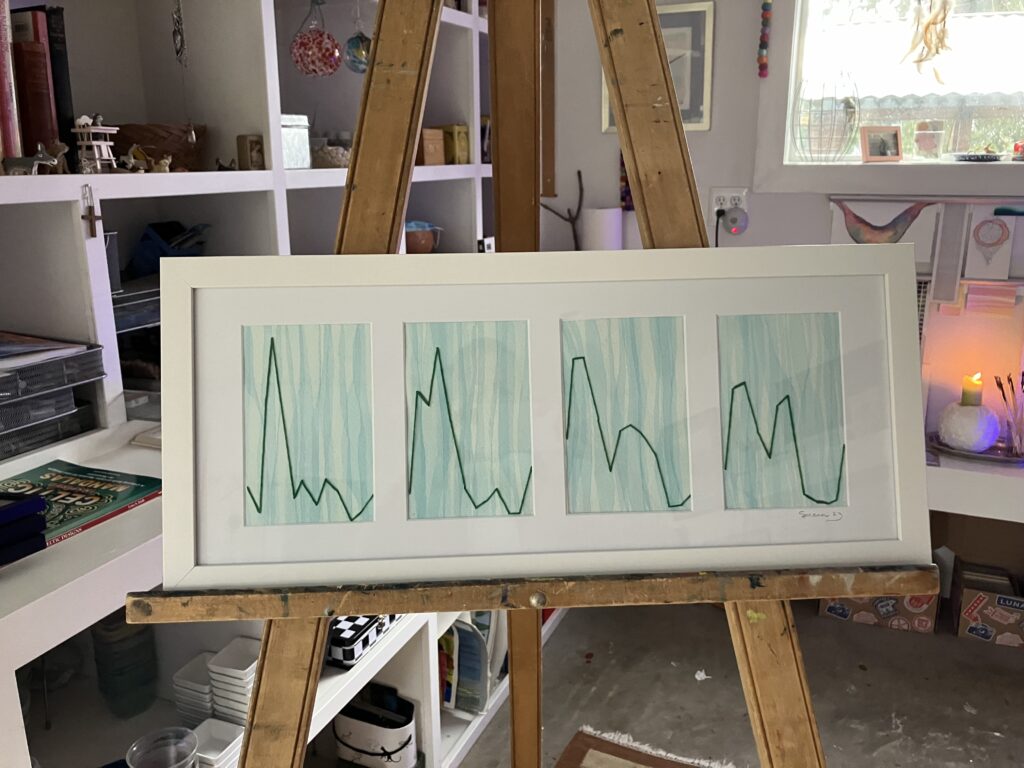Everything inspires me. Everyone inspires me. Everything and everyone come from God. Therefore, God inspires me.
It’s inspiring to know that there are many ways to think about inspiration.
In physical terms, “inspiration” is part of “respiration”, the breathing process that sustains life. Without inspiration, there would be no “exhalation,” the other half of that vital process. Inspiration nourishes me with oxygen, exhalation cleanses me of carbon dioxide. Inspiration and exhalation cannot exist without each other.
In imaginative terms, inspiration draws God’s essence into my essence, into my very being. Exhalation sends our co-mingled essences out into the world, where they can act in concert to bring about … oh, all manner of things that are full of truth, beauty and goodness.
In spiritual terms, inspiration points me towards God, who does not need to be drawn into, or depend on, anything. God is in and of everything. Even so, the respiration process I have just described reminds me that I am a co-creator with God, a role I try to cultivate, in everything I do, in how I live and why I live.
In creative terms, inspiration gives me the impetus to fulfill the ideas that come to me through every experience in my life. Inspiration helps me turn my ideas into realities.
***
A few weeks after the March 2023 elementary school shooting in Nashville, I was at Sunday Mass. In the pew in front of me was a family with four children who looked to be the age of those dead children in Tennessee or even younger. I was stricken, not for the first time but somehow as if for the first time, by the horror of what has become epidemic in our country. Those innocent little children.
But what could I do? Over the years, I had angst-ed with my friends, I had prayed, I had educated myself. I had signed petitions, I had marched, I had written to my congresspeople, I had mailed postcards to voters when gun-control measures were on the ballot. I thought I had gone as far as I could. But my good works were intellectual, performed at a distance. “Think global, act local” goes the saying. Again, what could I do?
Clear as a ringing bell, it came to me. “Gradually and then suddenly,” to borrow a phrase from Hemingway. The inspiration was sudden, but also the culmination of much rumination and reflection. I had held the lock in my hands for a long time, but now I had the key that would allow me to “act local”: my lifelong love of reading.
Fast forward. I joined a program of adults trained to be “reading friends” in our community’s elementary schools. Once a week now, I spend 90 minutes at “my” assigned school; a half-hour in the library reading aloud with each of “my” three students — two first-grade girls and a second-grade boy. These children all like to read but just need a little extra one-on-one attention. With literacy at grade three being a marker for future success in almost all aspects of life, “my” kids are at a vulnerable stage … maybe I can make a bit of difference. Maybe I can inspire them.
***
Each year, three days after Christmas, the Catholic Church observes the Feast of the Holy Innocents … those children murdered by King Herod in an attempt to eliminate the Baby Jesus, the “newborn King of the Jews”. This past Christmas season, such “ancient history” became relevant to me, because “holy innocents” were murdered in that Tennessee school last spring.
That ironically inspirational event is never far from my mind these days. When I make my weekly reading trip to school, I need to be buzzed through two locked doors to gain entry … and then sign in … and then get the badge that says I’ve passed a background check and am a trusted visitor. Finally, I can head to the library to meet up with my three “holy innocents”. On the way, I offer a little prayer for our safety.







